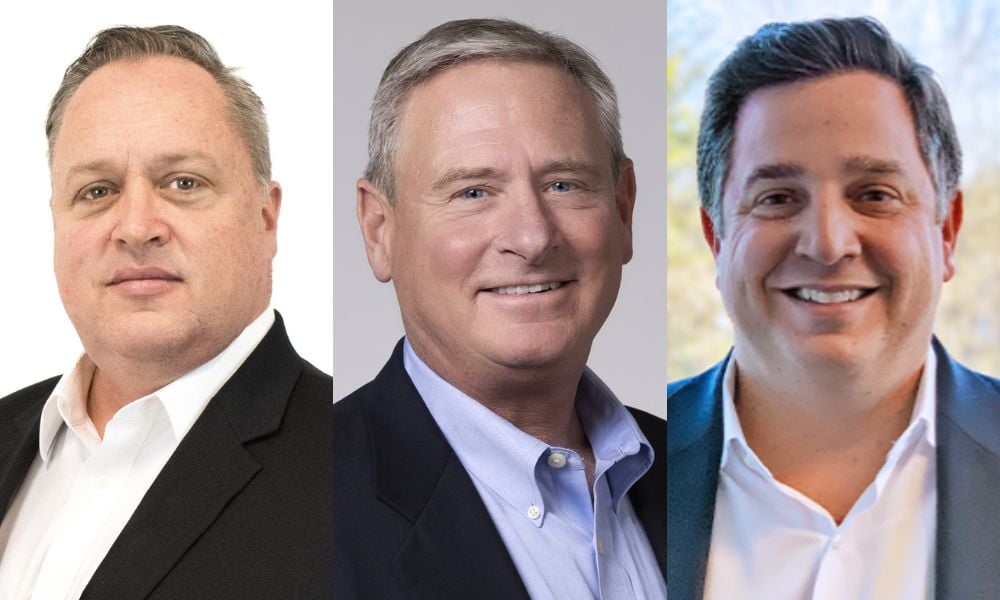

Despite all the talk about a massive wealth transfer currently underway in America, not all baby boomers plan on sharing their good fortune – or fortunes – with their children.
In fact, many don’t have plans at all.
A recent Cerulli study projects that wealth transferred through 2048 will total $124 trillion, with $105 trillion flowing to heirs and $18 trillion directed to charity. Nearly $100 trillion will be transferred from baby boomers and older generations, representing 81 percent of all transfers, according to the report.
Millennials will inherit the most, an estimated $46 trillion, of any generation over the course of the next 25 years. Nevertheless, Gen X stands to inherit the greatest proportion of assets in the next 10 years, totaling $14 trillion, to millennials’ $8 trillion, the Cerulli study said.
And while the magnitude of those numbers would make one think that the financial advisory world would be buzzing with activity to make sure the maximum amount of wealth is transferred with the least amount of taxes extracted, Greg Blake, partner at TritonPoint Wealth maintains that very few people have a truly detailed plan. And most of the people who do are thrust into the need, to as they are too busy contemplating whether they have saved enough to retire yet.
“Those who have amassed significant wealth do not have this natural pressure to worry about financial planning – because they are confident that they ‘have enough’ – and, thus, move directly to the establishment of formal legal and trust instruments to pass their leftover wealth to the next generation,” Blake said. “Those ultra wealthy individuals are often missing a great deal of opportunity to pass down wealth in ways that would benefit the family.”
Blake said a simple example of this is that leaving a financial legacy to future generations is often planned for at death. The reason they tend to do this is typically because the grantor doesn’t have a good handle on how much “excess” wealth, the amount over and above which they need to support their lifestyles, they have.
Knowing their capacity to make gifts during lifetime, when their children tend to need it most, is usually a far more fulfilling way of providing a legacy, as the grantor gets to witness the impact of the gifts, according to Blake.
“Working through a detailed plan allows us to collaborate with our clients to give them more clarity into their options so they can take action confidently,” Blake said.
One trend Blake is increasingly seeing is “giving while living,” where annual gifts and lifetime gift exclusions are utilized by grantors to help their children financially in their 20s, 30s, and 40s, instead of simply leaving a legacy at the end of their lives.
Paul Simons, CEO of PUREfi, meanwhile, says his clients are not purposefully delaying or dawdling when it comes to passing down their wealth and real estate to their children. Anything but. They just want to take their time and be excessively careful.
“We are finding that clients want to be more thoughtful and reflective with regard to wealth transfer,” Simons said. “They are increasingly interested in sustaining purpose, mission, values, and engagement among their next generation, and less so just in the traditional probate avoidance and tax-optimizing strategies.”
Simons added that his clients are increasingly interested in engaging their next generations in both the wealth they will inherit and the philanthropic legacy their wealth can create.
“It's about thoughtfully engaging the kids in the holistic wealth transfer plan, including what they will not get, as an expression of values and desire to create not just a legacy of wealth but a legacy of purpose,” Simons said.
An example of this includes giving the next generation roles in philanthropy, such as making them trustees or giving them donor advised fund grant authority during their lifetime as a means of engaging them prior to their inheritance.
Finally, Matt Liebman, CEO of Amplius Wealth Advisors, said increasing life expectancies and higher estate tax exemptions are causing more baby boomers to hold onto assets for longer and planning more – sometimes all – of the distribution to their heirs at death. On the flip side of the equation, the children of these wealthy boomers are relying more on their own earnings and savings, rather than inheritance, for their wealth plans.
As a result, Liebman always tries to include the client’s accountants and estate attorneys in multi-generational gifting conversations. He also runs extensive cash flow plans for clients, including a detailed scenario analysis for most gifting possibilities.
“Tax rates and tax exemptions play a large role in intergenerational wealth planning, especially given the possibility of the estate tax exemption changing by 2026. Trust structures seem to be trending towards more flexibility in light of longer life expectancies and a more uncertain tax environment going forward,” Liebman said.

Rajesh Markan earlier this year pleaded guilty to one count of criminal fraud related to his sale of fake investments to 10 clients totaling $2.9 million.

From building trust to steering through emotions and responding to client challenges, new advisors need human skills to shape the future of the advice industry.

"The outcome is correct, but it's disappointing that FINRA had ample opportunity to investigate the merits of clients' allegations in these claims, including the testimony in the three investor arbitrations with hearings," Jeff Erez, a plaintiff's attorney representing a large portion of the Stifel clients, said.

Chair also praised the passage of stablecoin legislation this week.

Maridea Wealth Management's deal in Chicago, Illinois is its first after securing a strategic investment in April.
Orion's Tom Wilson on delivering coordinated, high-touch service in a world where returns alone no longer set you apart.
Barely a decade old, registered index-linked annuities have quickly surged in popularity, thanks to their unique blend of protection and growth potential—an appealing option for investors looking to chart a steadier course through today's choppy market waters, says Myles Lambert, Brighthouse Financial.
